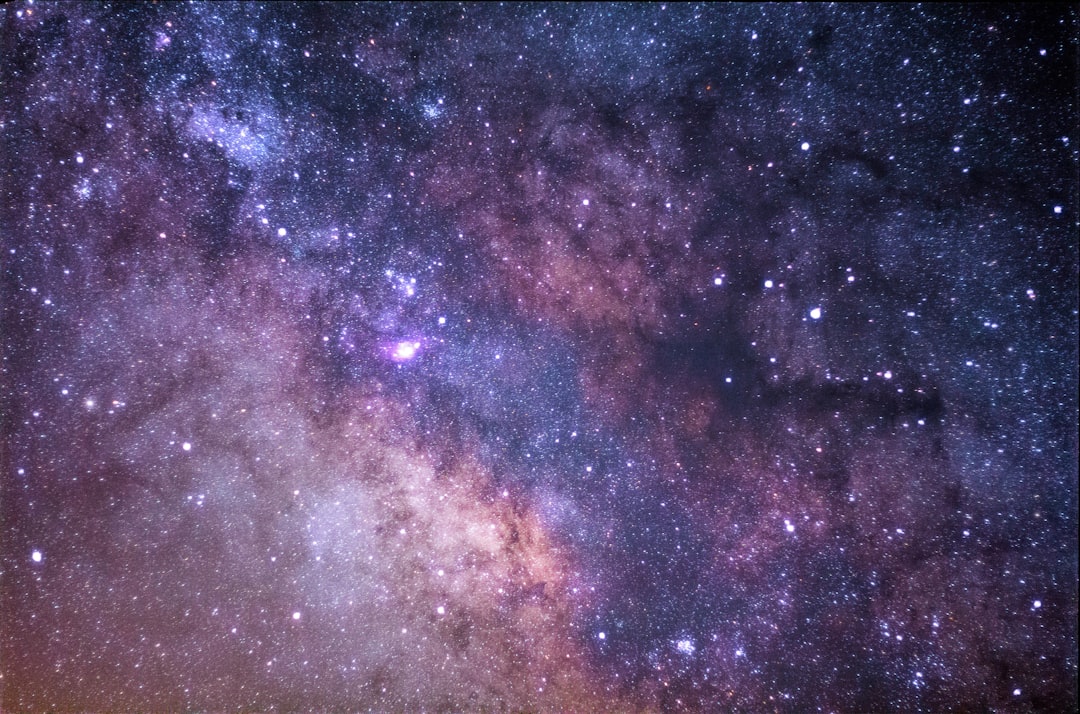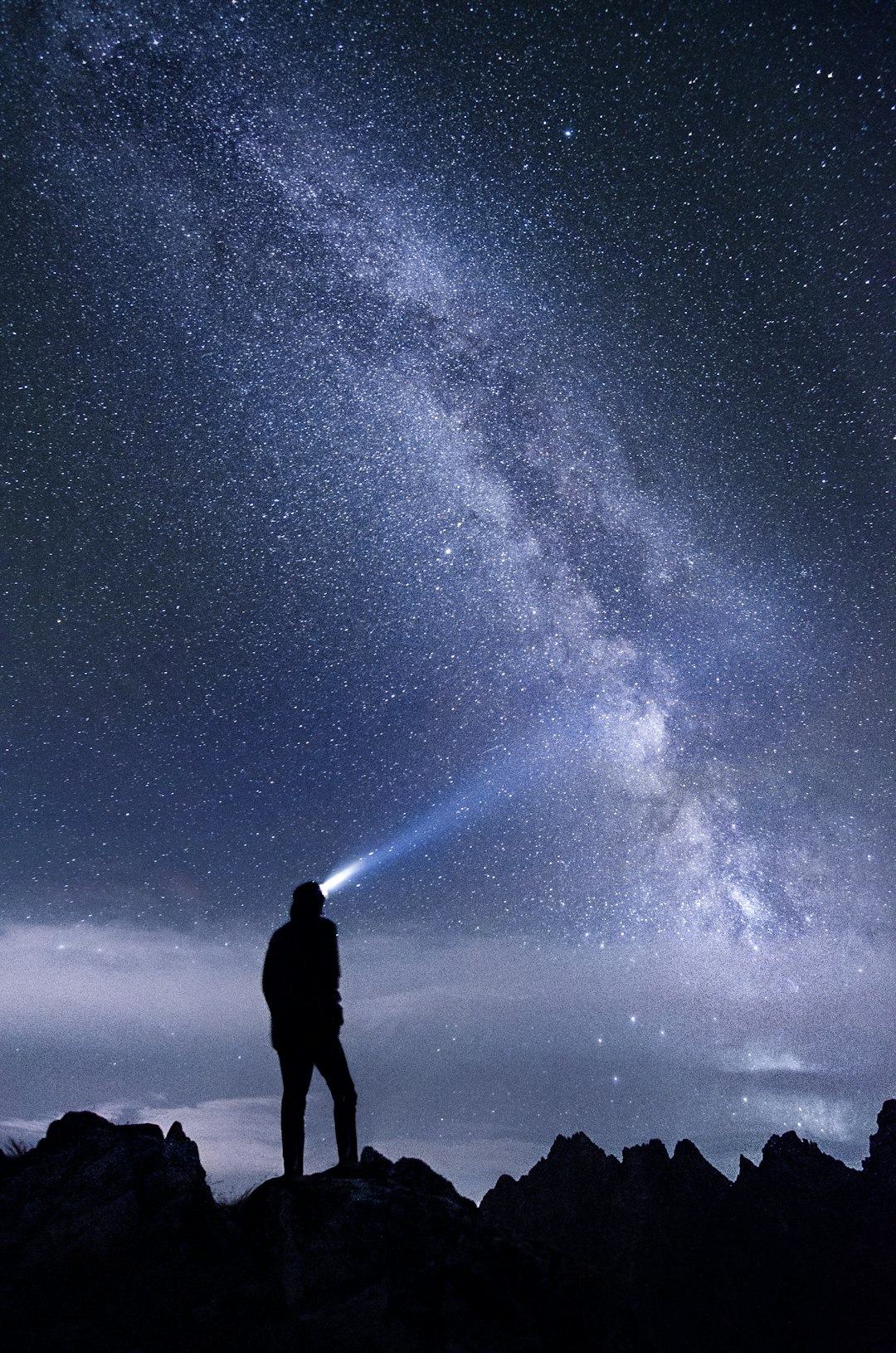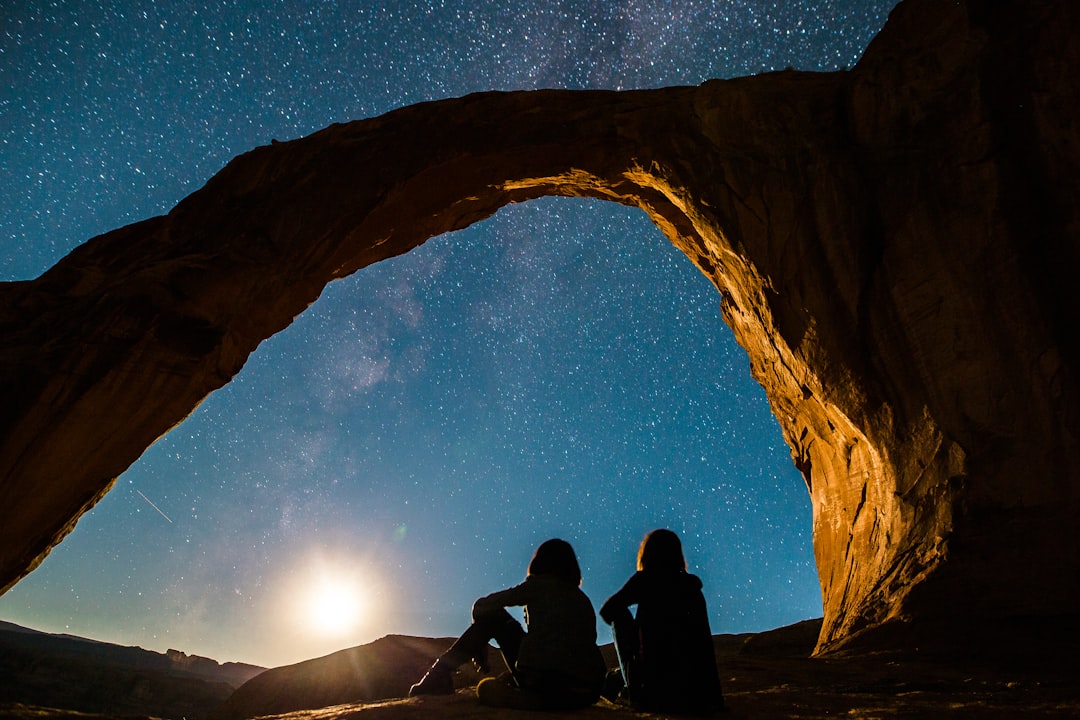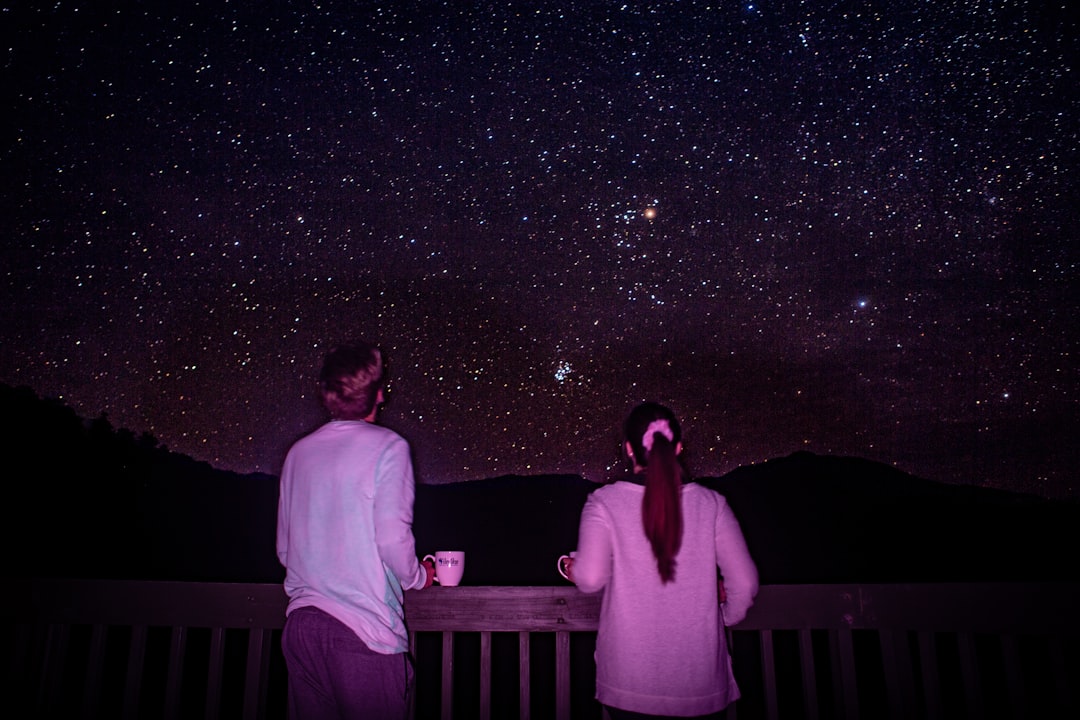The world is dreaming of the night sky. In these strange times of the COVID-19 global pandemic, with countries closing their borders and cities folding in on themselves in nationwide lockdowns, one thing is certain. We are all thinking of the day when we can feel a cool breeze on our face, wander far from home free from worries and restrictions, and gaze up at the night sky. We can be sure of one thing; the stars have never shone so bright.
Slowly around the world more and more countries are putting their citizens into quarantine. One by one nations are closing down, shutting off the arteries of their roads and railways, the effect rippling around the world like a game of dominos. Millions of people are being encouraged or ordered to practice self-isolation or “social distancing”.
We are rallying together as a global community, sharing helpful information or entertaining memes to keep our spirits up. As countless employees are working remotely from behind closed doors in their rooms a world of virtual meetings, hangouts and even parties is opening up thanks to applications like Zoom, Google Hangouts and Slack.
We are worried for our loved ones, our most vulnerable and our health workers. As a result of the economic lockdown the levels of air pollution have dropped drastically and the sky has never been so clear.
As you read this, you too may be confined indoors, either by choice, for health reasons or under government guidance. It is important that we keep our spirits high and our minds engaged during this necessary confinement. What better way to focus our energy beyond the four walls around than by looking up at the stars above?
Whether you are in a studio apartment in downtown New York, or a semi-detached house in the leafy suburbs of Cape Town, we all have one thing in common. We are all under the same stars.
If you are feeling cut off and lonely during these isolated times, why don’t you step into your backyard, onto your balcony, or just lean out of your window. Look up – see those stars in the distance? Or simply the vast expanse of infinite blackness? You can be guaranteed, someone, somewhere, is looking there too.
We may have different perspectives. Some of us know Ursa Major and for some that is the Big Dipper (for our guide on how to spot constellations no matter where you are, check out our First 5 Constellations).
What is the brightest star you can see? That may be Sirius, the “dog star”. It comes from the Greek word Greek word Σείριος “Seirios” meaning “glowing”. Did you know that Sirius is 25.4 times brighter than our Sun? Or perhaps your seeing the glow of a distant satellite which are being introduced at an alarming rate (join us in our campaign to #SaveOurStars). If you are new to stargazing, then there has never been a better time to start!
Space organizations including NASA have a wealth of online resources for stargazing right from your home. If you can step outside your home for a moment, there are many mobile apps that help you navigate the night sky above. SkyView uses geolocation data to direct you in the right direction – upwards!
Created by NASA, SkyView is a virtual telescope right from your laptop where you can browse images of the cosmos that were produced by UV light and radio waves. SkyMap is an awesome open-source project that was stated by Google. Simply open the app and point your smartphone at the sky and get all the information you need! Stellarium is an amazing tool. It is a paid app but for a small fee you will get an exquisitely detailed and accurate depiction of the sky and distant stars and planets within.
Having a pocket planetarium is great way to educate yourself about the mysterious night sky above.
If you cannot leave your home, don’t worry! There are also plenty of fantastic websites and online resources for stargazing right from your living room. Try the Virtual Telescope Project and do a tour of the cosmos to see the sky in real-time. You can do virtual stargazing and share your findings with other users. Be part of a star-struck community and let your mind wander into the big unsolved mysteries of the universe.
What exactly is Dark Matter?
What happens in a black hole?
Is there life on Mars?
If you are at home with your children, there are endless online resources to get them interested in the stars! Educational websites by Kids Britanicca, NASA Kids' Club and Galaxy Zoo to name just a few. Whether your kid wants to become an astronaut or simply learn all about space these games are a great way to start!
Whether you are into serious stargazing, astrophotography or simply yearning to soak up the starry sky on an evening walk again, these tools are a great way to while away the quaran-time. By the time you are able to hike under the real stars again you will have a treasure trove of new knowledge when you look upwards!
There are other ways to bring the night sky into your home. Try adding some celestial décor into your bedroom or print out a list of upcoming astronomical observations so you don’t miss a single shooting star!
Of course, we can always bring the stars to you. Simply choose a special moment in your life when the stars aligned for you and send us the details here. We’ll take care of the rest!
Some people choose to make a constellation map as a motivational milestone. Many choose to capture the moment they met a special person under the stars. Perhaps it was under lucky stars that a loved child was born? Whichever meaningful moment you choose having a picture of the stars against the dark night sky is a wonderful backdrop to any happy home!
We humans have always been fascinated by the night sky. The mysterious burning stars and distant planets and the comforting glow of the moon.
During times of darkness, look upwards. Find your lucky star and focus on the wonderfully unknown universe beyond. As you look out into the starlight remember we are all doing the same thing. We will get through this together!
We wish you a happy evening of stargazing.





